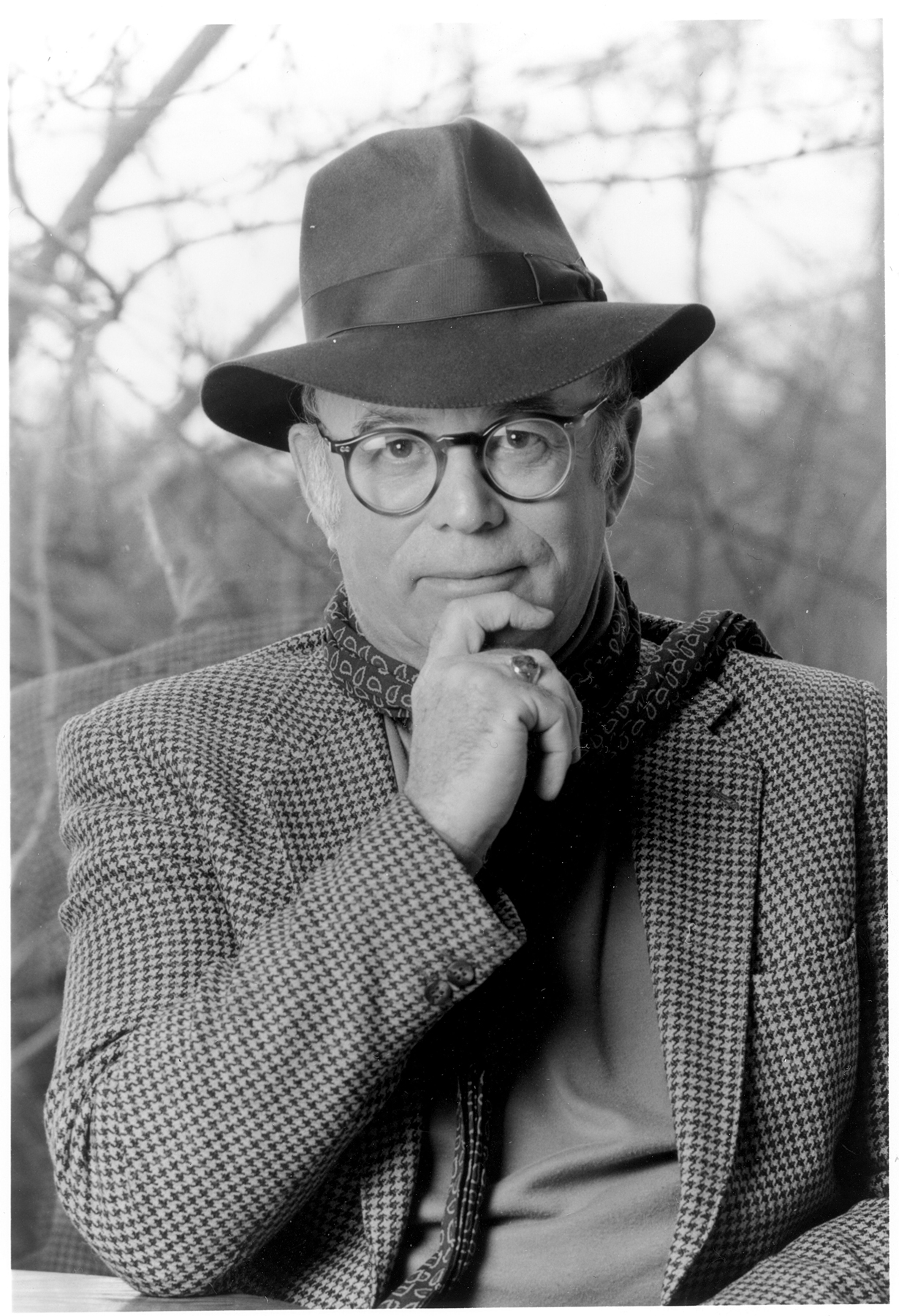CHADDS FORD, PENN. — It is with great sadness that the trustees of the Brandywine Conservancy & Museum of Art announce the death of its founder and chairman. George A. “Frolic” Weymouth (June 2, 1936–April 24, 2016) was a visionary conservationist, philanthropist, a talented artist and accomplished sportsman.
In 1967, Weymouth, along with Bill Pricket and Francis I. DuPont, purchased two parcels of land in Chadds Ford totaling 47 acres that were threatened with industrial development, thereby founding the organization that became the Brandywine Conservancy & Museum of Art. Four years later, Weymouth was instrumental in acquiring Hofmann’s Mill, a Nineteenth Century structure perched on the banks of the Brandywine River. Weymouth galvanized support from all facets of the community, and his leadership and passion were instrumental in the Brandywine’s remarkable growth.
The Brandywine Conservancy is now one of the leading land trusts in country, with 62,000 acres of land permanently protected in Pennsylvania and Delaware; the Brandywine River Museum of Art currently has a collection of 4,000 works of art and has brought international attention to the region’s artistic legacy. Betsy Wyeth, wife of Andrew Wyeth and a good friend of Frolic’s, encouraged him to purchase and convert the mill into a museum, promising him art to hang on the walls. After extensive renovation, including the addition of a soaring lobby with three floors of floor-to-ceiling windows, the Brandywine River Museum of Art opened in 1971.
Born in 1936 in Wilmington, Del., to George and Dulcinea (née du Pont) Weymouth, Frolic Weymouth grew up in Greenville, Del., and spent the greater part of his life living in the Brandywine Valley. The nickname “Frolic,” given to him in childhood, embodied the joy with which he lived his life and his irrepressible sense of humor.
Encouraged by his artistic mother, Weymouth began painting as a child. As a teenager, he was introduced to Andrew Wyeth, who became an artistic mentor and lifelong friend. It was Wyeth and his brother-in-law, Peter Hurd, who would later suggest Weymouth experiment with tempera, and he went on to master the painstaking technique with Wyeth’s encouragement in the early 1950s.
Over a six-decade career as an artist Weymouth exhibited the landscapes, flower studies and portraits for which he is known in numerous exhibitions, including those at the Brandywine River Museum of Art. His paintings are in major private and museum collections such as the Metropolitan Museum of Art.
Artist Jamie Wyeth remembers Weymouth as an enduring presence in his life. “Frolic was a neighbor and family … he and my father were dear friends. He was an immensely talented artist and achieved so much with his work in Chadds Ford, both with land conservation and with the museum. He was truly a force of nature that instilled his passion for art and the environment into all of his many friends, and they opened their hearts and their wallets to his causes. He was the best fundraiser I ever met.”
Weymouth’s passionate interest in architectural preservation is perhaps best expressed by his own home, The Big Bend, a Seventeenth Century Swedish trading post with an Eighteenth Century addition. The structure had been long uninhabited until he purchased the property, and Weymouth restored it, adding extensive gardens.
He was an active member of the arts and environmental communities nationally and received numerous awards. He was appointed by President Richard Nixon to the Commission of Fine Arts, on which he served from 1972 to 1977.
He is survived by his son, McCoy “Mac” duPont Weymouth and his wife Toni Toomey-Weymouth; their children, Sophie Tyler Brown and Misha Kai Toomey-Brown; his brother, Eugene E. Weymouth, and sister, Patricia Weymouth Hobbs. He is also survived by Anna Brelsford McCoy, to whom he was married until 1979, and his companion, Carlton Cropper.
Services were private but all may visit the Brandywine River Museum of Art on Route 1 to pay respects and see a tribute exhibition, featuring Weymouth’s landscapes and portraits, on view through June 5. Cards for the family may be left in the care of the museum.
The family requests that memorial contributions be made to the Frolic Weymouth Endowment Fund of the Brandywine Conservancy & Museum of Art.


